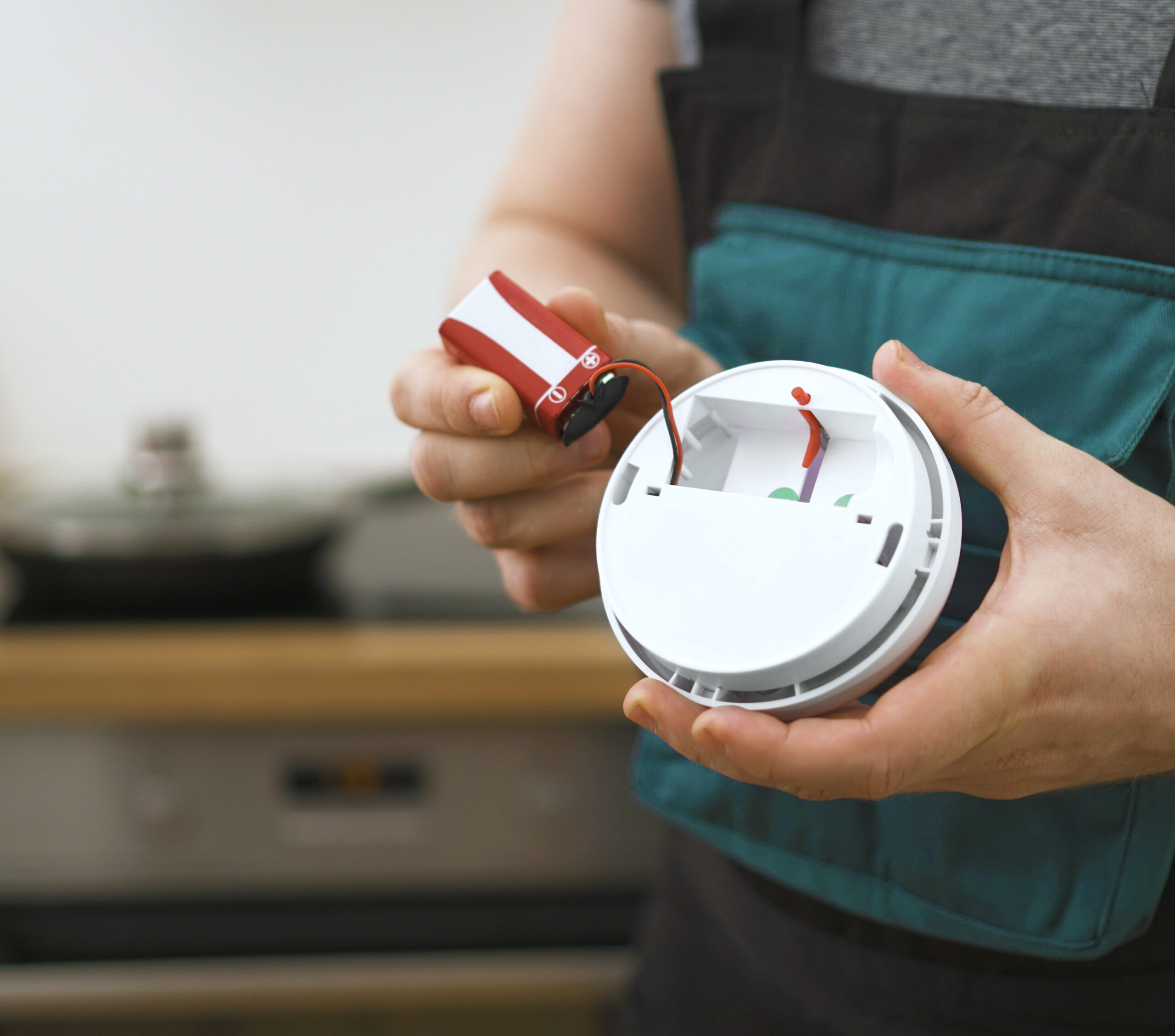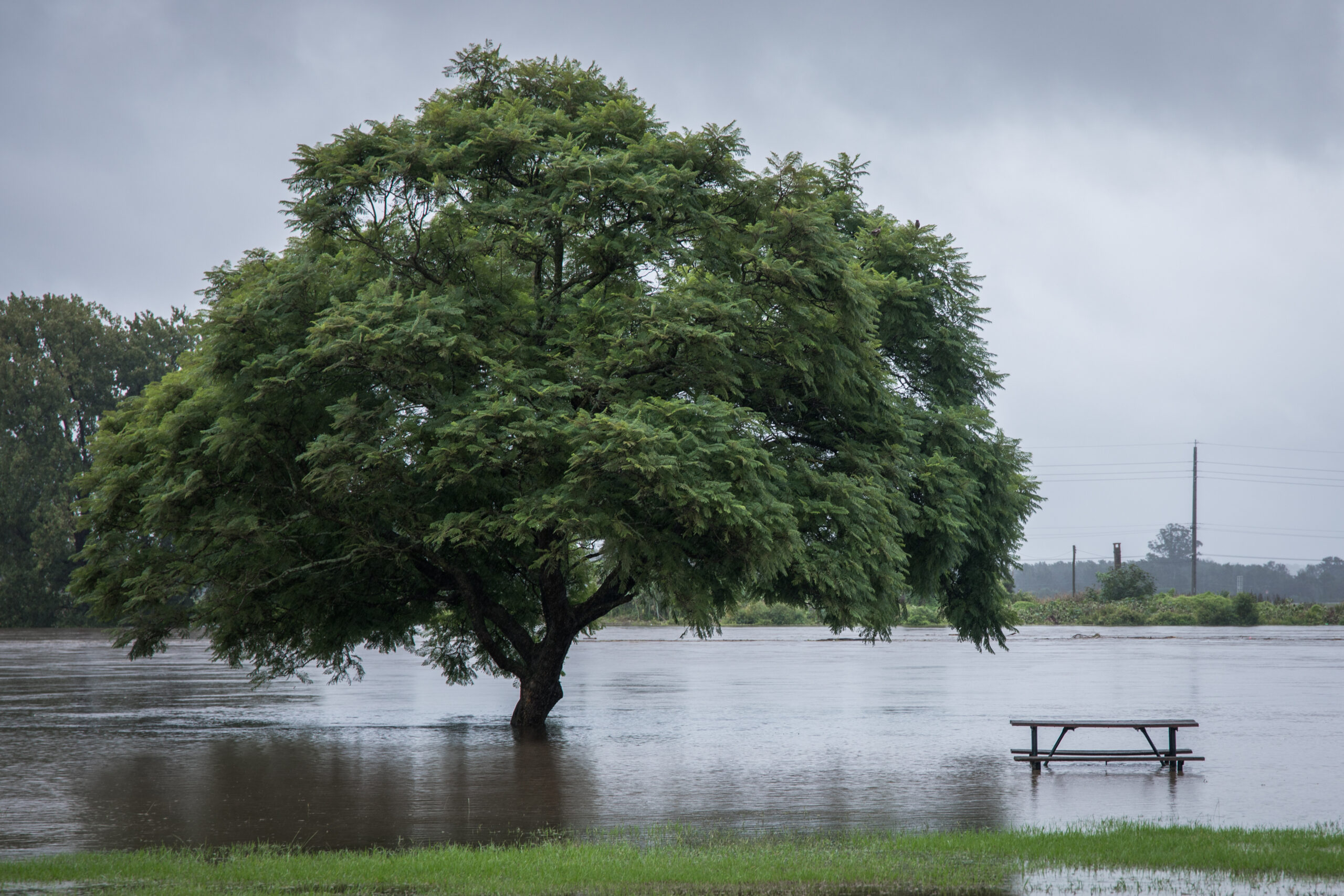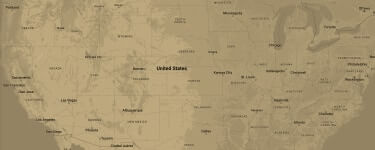Few things in life cause more distress and panic to your family than an unexpected, sudden home fire. Caused by something as simple as a faulty electrical plug, or a heating or appliance malfunction, a cooking mishap (the reported cause of some 48% of home fires today), or careless smoking and candle use. These and other fire dangers are real. So too is the damage. As many as 1.5 million homes annually experience fires that cost billions in cleanup and reconstruction. Once fires are extinguished, traumatized homeowners breathe a sigh of relief. Yet, unnoticed to them, all is not over and a host of sneaky, hidden, lingering dangers are left behind, often undetected.
Brady Radmall, President, of Paul Davis of Phoenix, Arizona is an avid proponent of post-fire inspections and thorough mitigation work following any home fire. His advice is sound and vital to ensure human and pet safety after flames are extinguished. “While cleanup to the naked eye suggests all is well again, there’s a whole lot left over that can’t be seen and is not easily detected,” warns Radmall. Heat exposure, toxins caused during burning, and residue from smoke is microscopic and penetrates behind walls, into furnishings and clothing. Smoke residue hides in electronic equipment, framed pictures and artwork, too. Soon it will appear as discolorations on walls, floorcovering, furnishings and clothes. Serious odors that later materialize in the days and weeks to come pose serious health issues for humans and pets, especially the very young and seniors with weakened immune systems.
Electronics are Especially Vulnerable
Smoke residue can also affect TVs and internet routers, computers and many other home electronic devices such as dishwashers, dryers and washing machines. The three main problems smoke causes to electronics are corrosion, insulation, and magnetization. Corrosion is the deterioration of metal as a result of oxidation. The corrosive nature of soot may have an impact on the structural integrity and lifespan of critical components, too. Even foods when exposed to heat, smoke, or soot should be considered contaminated and it’s best to discard rather than eat suspect foods. Foods stored in freezers and sealed with ice on packaging may be considered safe.
Radwell explains, “These and many other post-fire problems should always be anticipated. Post-fire experience and mitigation skills when properly addressed by professionals will ensure they again operate as they should. After fire damage you just can’t see how deeply the destruction has penetrated.” But he ends on a positive note. “Thankfully, today’s widespread use of economical smoke detectors saves thousands of lives each year. These single-station, battery-operated ionization detectors alert us to smoke and hence, fire. When they first became available to the public in the early 1970s, within just 10 years their use became widespread in homes. By 1980 the statistics involving reported home fires began to drop significantly thanks to these reliable lifesavers. That’s still the case today, so we remind all our customers to buy, use, and twice per year, test their smoke detectors to be sure they are operating perfectly.”











